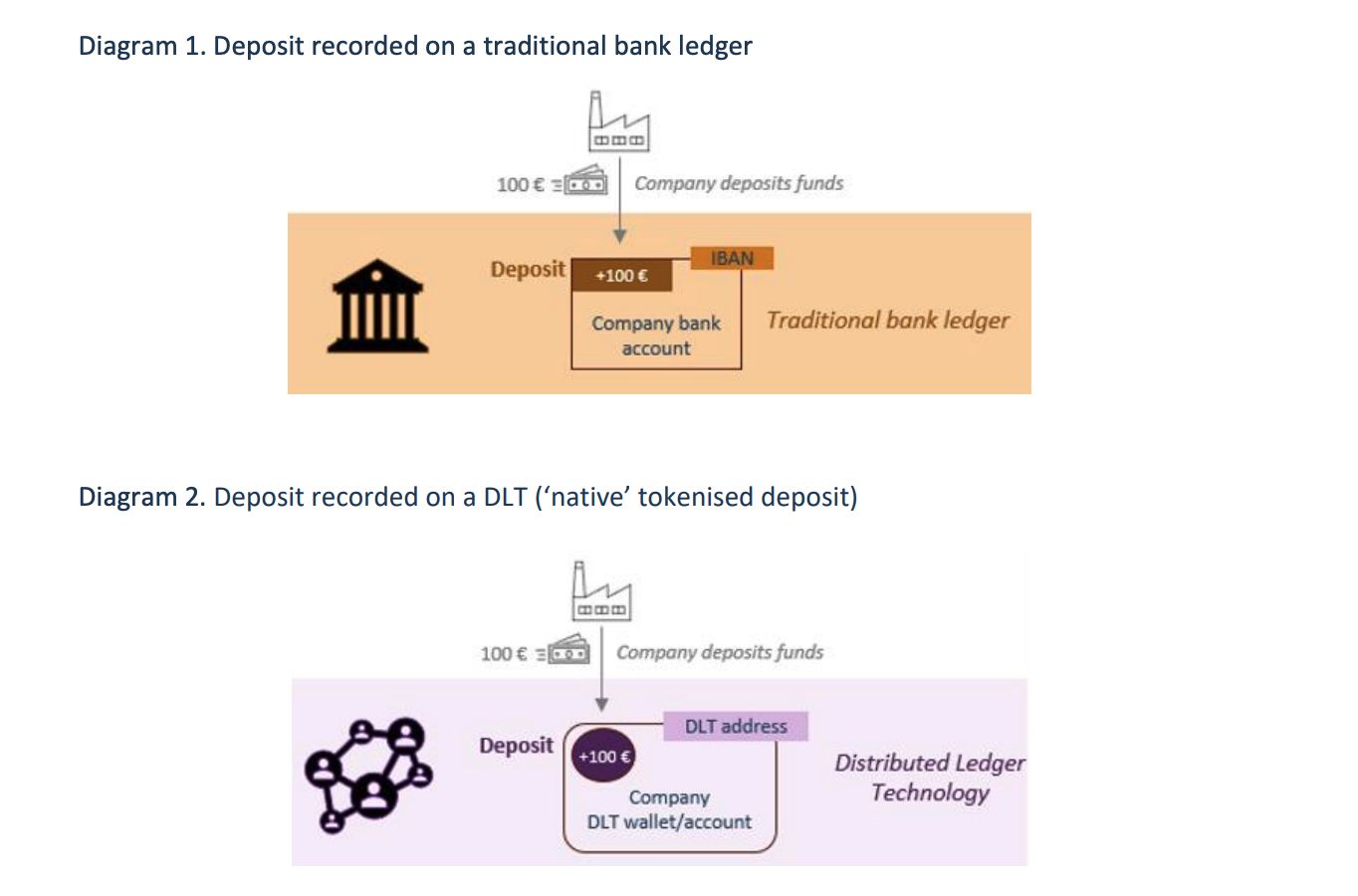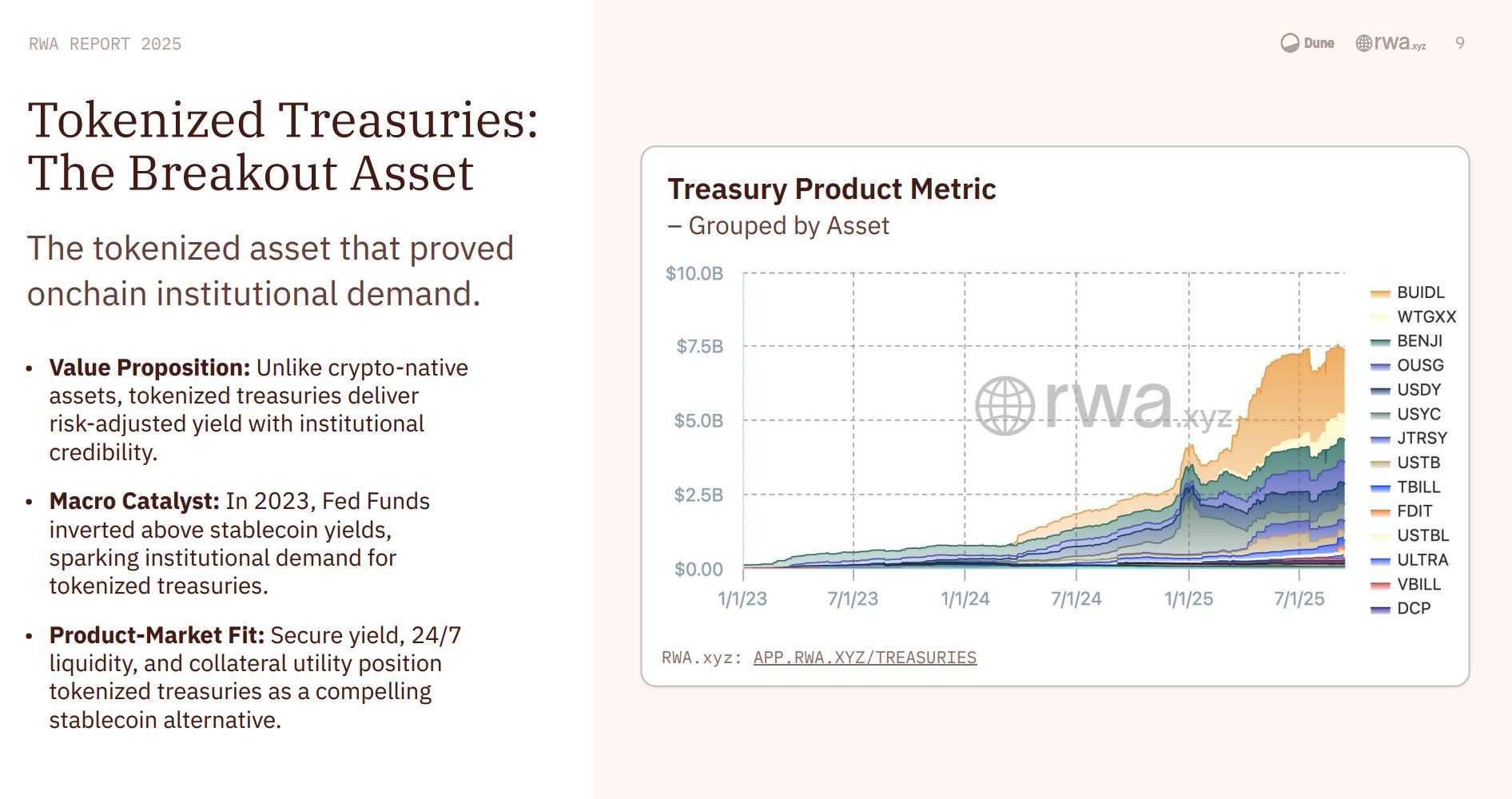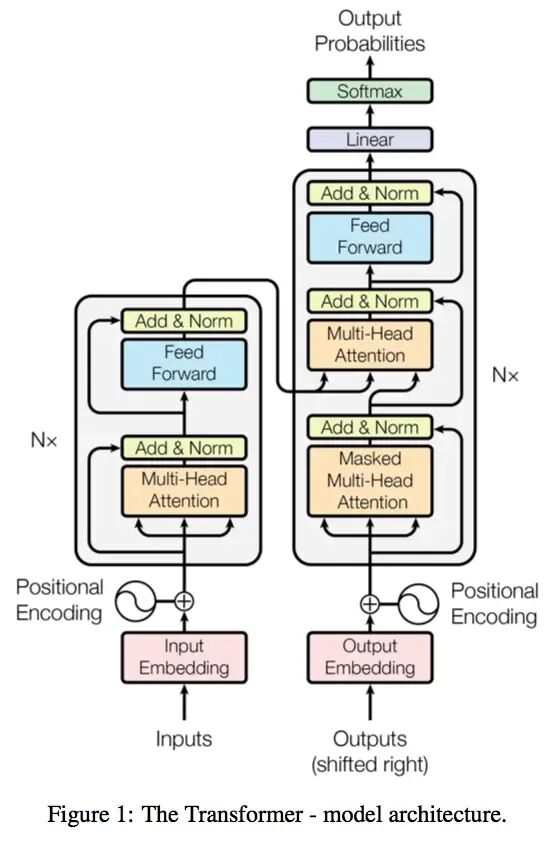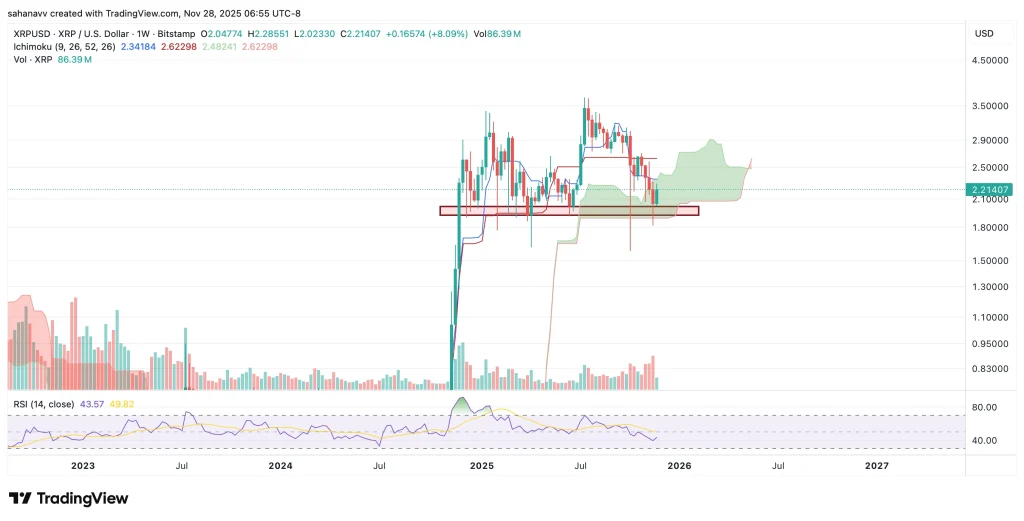BNY’s Tokenized Deposits Pilot Enters Regulatory Spotlight
BNY Mellon is piloting tokenized deposits to settle client payments on blockchain rails, part of its $2.5 trillion daily network overhaul. Regulators from the EBA to the IMF are assessing how programmable money could speed cross-border settlement while reshaping liquidity and oversight.
BNY Mellon confirmed it is exploring tokenized deposits to let clients move money on blockchain rails. The initiative is part of its plan to modernize a $2.5 trillion-a-day payments network.
The pilot aims to show how regulated deposits can settle in seconds instead of days, without leaving the banking system’s protection.
BNY Explores Tokenized Deposits Amid Evolving Policy Frameworks
Earlier this year, the bank launched its Digital Asset Data Insights platform. It broadcasts fund-accounting data to Ethereum through smart contracts to improve transparency and accuracy.
 Source: European Banking Authority
Source: European Banking Authority
In July, it introduced a tokenized money-market-fund system that records mirrored shares on GS DAP®. The setup enables near-instant settlement while BNY maintains the official ledger.
Intercontinental Exchange (ICE) announced a strategic investment in Polymarket to distribute event-driven market data. It also agreed to collaborate on tokenization projects — another sign mainstream market infrastructure is turning blockchain-native.
Macro Forecasts, Regulatory Posture, and Risks
The European Banking Authority published its Report on Tokenised Deposits. It found only one live European case but called for shared definitions under MiCAR to avoid overlap with e-money tokens. The watchdog also warned that programmable deposits could affect liquidity, requiring new prudential guidance.
 Source: Dune × RWA 2025 Report
Source: Dune × RWA 2025 Report
The Dune × RWA 2025 report showed tokenized U.S. Treasuries rising to $7.5 billion — proof that on-chain settlement is scaling beyond pilots. Deloitte’s Financial Services Predictions 2025 projected that one in four large-value cross-border transfers will run on tokenized rails by 2030, saving firms roughly 12.5% in fees, or $50 billion a year.
Franklin Templeton’s Max Gokhman told BeInCrypto that tokenization “starts more with the retail level.” He said retail flows can bootstrap liquidity until institutional markets mature. His view matches how tokenized deposits and ETFs gain early traction among retail users, while institutions wait for clearer rules and deeper secondary markets.
The IMF’s Fintech Note 2025 argued that tokenization reduces settlement risk by embedding trust and programmability into ledgers. But it warned that connected blockchains could spread contagion faster during stress if governance lags technology.
Regulators are watching closely. The EBA warned that programmable features may alter deposit behavior in crises. The IMF stressed that new guardrails are needed to balance efficiency with stability. For BNY, the experiment is less about hype and more about infrastructure — proving that tokenized money can move as fast as crypto without losing the credibility of a 240-year-old bank.
Disclaimer: The content of this article solely reflects the author's opinion and does not represent the platform in any capacity. This article is not intended to serve as a reference for making investment decisions.
You may also like
No wonder Buffett finally bet on Google
Google holds the entire chain in its own hands. It does not rely on Nvidia and possesses efficient, low-cost computational sovereignty.

HYPE Price Prediction December 2025: Can Hyperliquid Absorb Its Largest Supply Shock?

XRP Price Stuck Below Key Resistance, While Hidden Bullish Structure Hints at a Move To $3

Bitcoin Price Prediction: Recovery Targets $92K–$101K as Market Stabilizes
